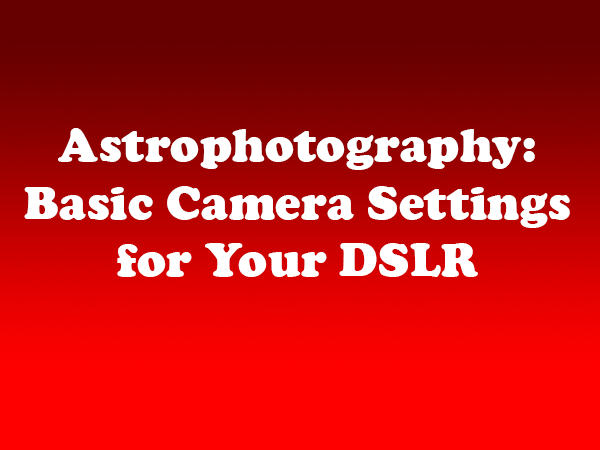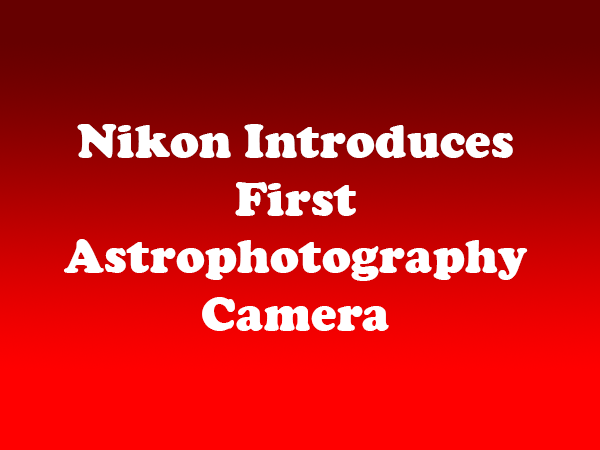Now that the Northeast’s terrible winter is a distant memory, photographers are fully enjoying the warmer weather. For sky watchers and astrophotographers, that means spending the night outside. The sky is always changing, and some of the most brilliant stars take center stage during the summer months. The easiest to find is the Summer Triangle, which is comprised of three bright stars: Vega in the constellation Lyra, Deneb in the constellation Cygnus, and Altair in the constellation Aquila. The stars appear in the east at dusk, high overhead after midnight, and in the west at dawn. If you are away…
Taking good pictures of the night sky is not only about camera technique. It is about knowing what to shoot and how to edit the pictures you take. Here is a brief overview of good software programs to identify the shot and edit it in post. Selecting Your Subject Matter While purists may want to learn how to read the night sky, most prefer to rely on computers. There are a number of applications and other software programs that can direct you to interesting subject matter that is viewable in your area. Below are a few to check out: Star…
To get started with astrophotography, all you really need is a camera, a tripod, and a dark spot to shoot. However, taking pictures of the night sky is a lot different than standard photography, so it’s important to adjust your camera settings. Below are a few basic tips: Unnecessary features: You won’t need your camera’s flash or red-eye reduction features, so make sure that they are turned off. Focus: Put your lens in manual focusing and select infinity focus. If you camera does not have a hard stop at infinity, you can get your camera to autofocus on something at…
While you can capture the night sky with a DSLR and any good long lens, attaching the camera to a telescope can yield more dramatic close up images. Selecting the right telescope is as challenging as selecting the right camera. Prepare to duplicate the research process and the process of trial and error that you went through when selecting between the many camera brands before settling on the one you have. There are generally three types of telescopes, each of which has advantages and disadvantages: Refractor: In the most common type of telescope, the lens is located at the front…
Nikon has introduced the first full-frame camera designed exclusively for astrophotography. The Nikon D810A essentially includes the basic body of the popular D810 along with a number of added features specifically created for astrophotography. According to Nikon, the D810A “makes the most of the incredible rendering capabilities of the D810, while utilizing an optical filter adopted to enable beautiful reproduction of vivid reds in images of nebulae that emit H-alpha light, something very difficult with run-of-the-mill digital SLR cameras.” Most cameras have broad-ranging infrared filters that filter out some visible red light. While useful in traditional applications, they make it…
Astrophotography can be challenging. After all, you are not simply shooting something right in front of you, but an object that may be located millions of miles away and invisible to the naked eye. But you only have to look at a beautiful picture of a star trail against the night sky or even the full moon to understand why astronomers and photographers alike are drawn to astrophotography. The History of Astrophotography People have been taking pictures of the night sky since the early days of photography. In fact, John William Draper captured the first image of the moon in 1840….






